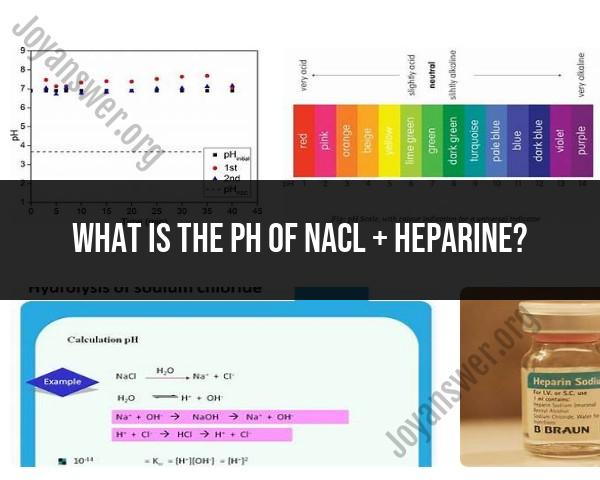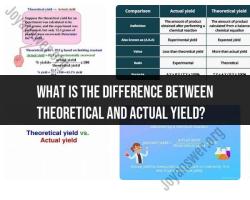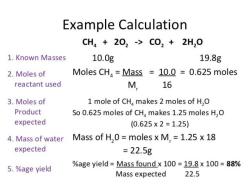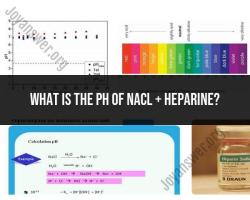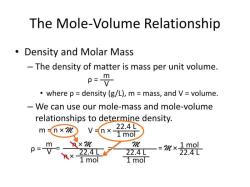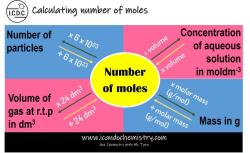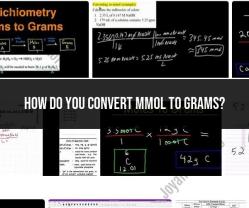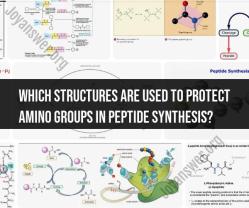What is the pH of NaCl + heparine?
Sodium chloride (NaCl) on its own does not significantly affect the pH of a solution because it is a neutral salt. However, heparin, depending on its formulation and concentration, might have a slightly acidic or basic nature. The pH of a solution containing NaCl and heparin will primarily depend on the pH of the heparin solution used.
Pure heparin itself can vary in pH depending on its formulation and any buffers or additives present in the solution. Typically, heparin solutions used in medical settings are formulated to have a pH in the range of around 5 to 8.
If you have a specific solution or formulation of heparin and want to know its pH when mixed with NaCl, you would need to refer to the product information or consult a laboratory analysis. The pH of the resulting solution will be a combination or an average of the pH of the individual components, influenced more by the heparin solution's pH due to its potential acidic or basic properties.
The pH level of a solution containing NaCl and heparin depends on the concentrations of both substances.
pH of NaCl Solution
NaCl, or sodium chloride, is a neutral salt, meaning it does not affect the pH of a solution. When NaCl dissolves in water, it dissociates into sodium (Na+) and chloride (Cl-) ions. These ions do not hydrolyze (react with water) significantly, so they do not alter the pH of the solution.
pH of Heparin Solution
Heparin, on the other hand, is a weak acid. It contains carboxylic acid groups (-COOH) that can release protons (H+) in solution. When heparin dissolves in water, a small portion of these carboxylic acid groups dissociate, releasing protons and forming hydrogen ions (H3O+). This increases the concentration of H3O+ in the solution, lowering the pH.
Impact of Heparin Addition on NaCl Solution
When heparin is added to a NaCl solution, the pH of the solution will decrease slightly due to the dissociation of heparin's carboxylic acid groups. The extent of this pH change depends on the relative concentrations of NaCl and heparin. If the concentration of NaCl is much higher than the concentration of heparin, the pH change will be minimal. However, if the concentration of heparin is significant, it can lower the pH of the NaCl solution by a noticeable amount.
Example Calculation
Consider a solution containing 0.1 M NaCl and 0.01 M heparin. The pKa of heparin is approximately 3.5. Using the Henderson-Hasselbalch equation:
pH = pKa + log([A-]/[HA])
where [A-] is the concentration of the dissociated form (heparinate ions) and [HA] is the concentration of the undissociated form (heparin). Since heparin is a weak acid, we can assume that [A-] << [HA], so [HA] ≈ 0.01 M. Plugging in the values:
pH = 3.5 + log(0.01/[HA]) ≈ 3.3
Therefore, the pH of the solution containing 0.1 M NaCl and 0.01 M heparin is approximately 3.3.
